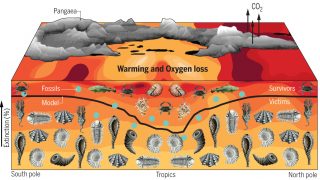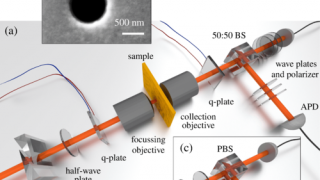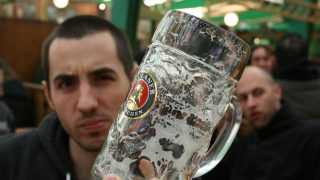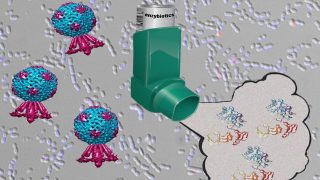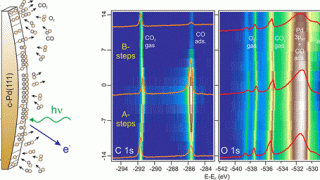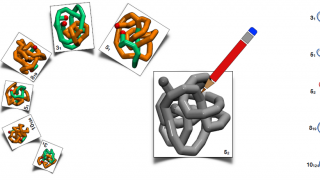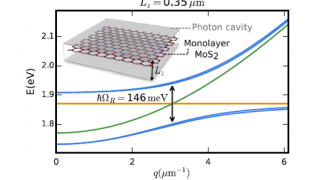
Polariton anomalous Hall effect in transition-metal dichalcogenides
Two-dimensional materials, such as transition-metal dichalcogenides embedded in optical cavities, stand out as an excellent platform where strong light-matter interactions can be studied. Moreover, their band structures bring about nontrivial topological features, including the possibility of inducing some really interesting ones, like the polariton anomalous Hall effect. But, before getting into that let’s go through […]


